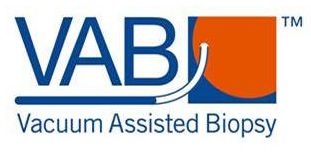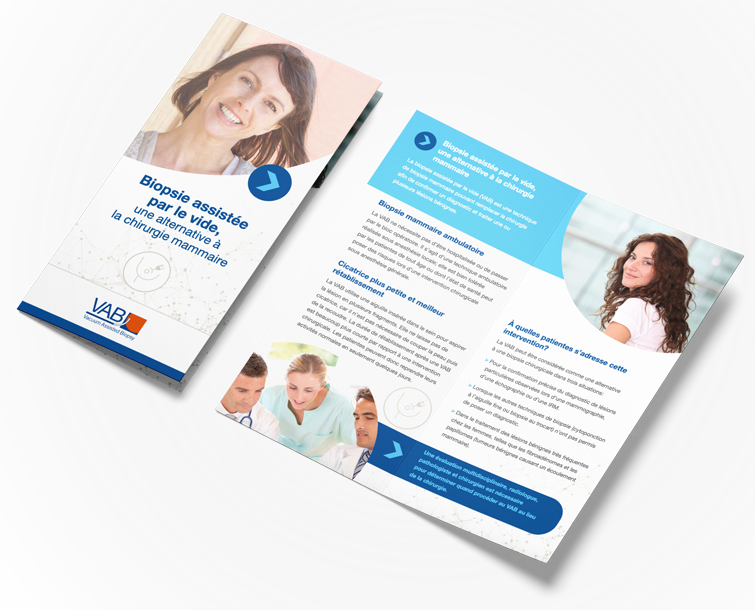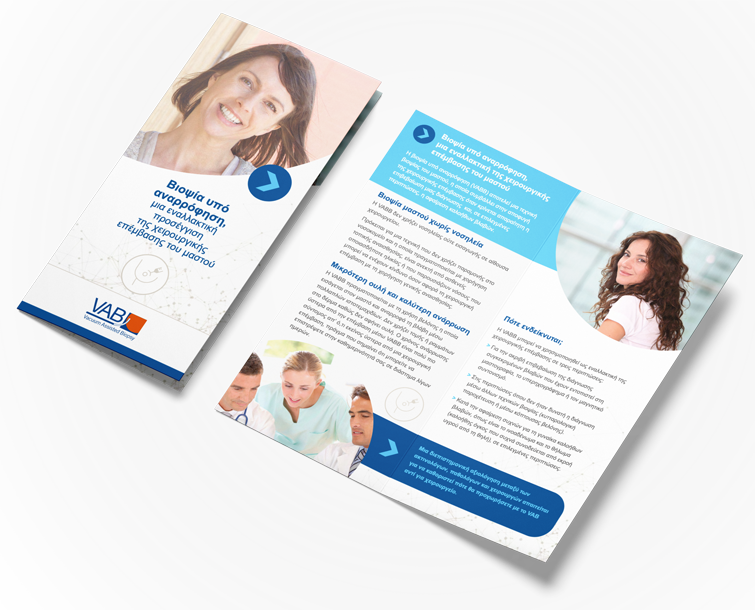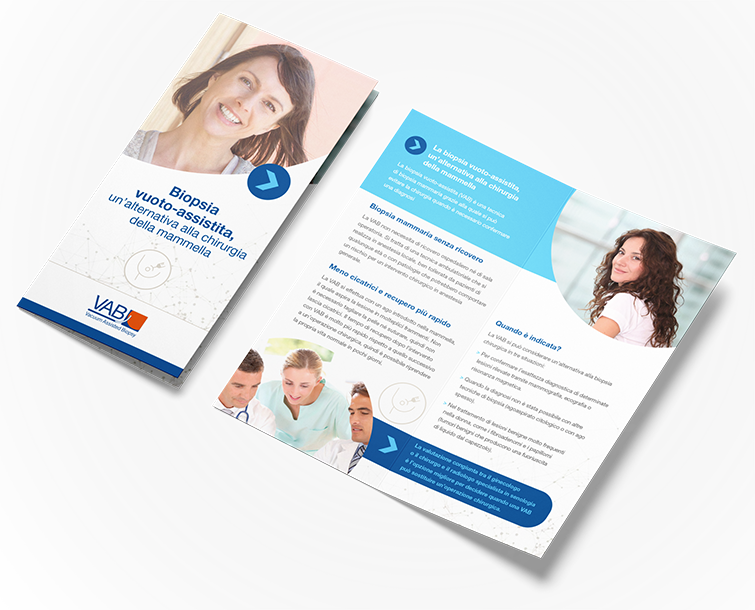 Breast lumps are very common and are often due to changes in your body that occur during puberty, pregnancy, the menopause, menstrual cycle or when taking birth control pills. It is important that you are familiar with your breasts and check them regularly, so if a lump does develop, you are able to easily identify and acknowledge the irregularity. Although finding a lump in your breast and the thought of a biopsy may be worrying at first, it is worth knowing that 80% of women who undergo a biopsy do not have breast cancer.1 Having said this, it is important to see your doctor if you do detect an abnormality.
Breast lumps are very common and are often due to changes in your body that occur during puberty, pregnancy, the menopause, menstrual cycle or when taking birth control pills. It is important that you are familiar with your breasts and check them regularly, so if a lump does develop, you are able to easily identify and acknowledge the irregularity. Although finding a lump in your breast and the thought of a biopsy may be worrying at first, it is worth knowing that 80% of women who undergo a biopsy do not have breast cancer.1 Having said this, it is important to see your doctor if you do detect an abnormality.
When consulting your doctor, firstly they will ask for your medical history. After this, the doctor may ask your permission to physically examine your breast, and will always ask if you’d like a nurse present. Following this, they may further examine the affected area using a non-invasive imaging technique such as ultrasound, MRI or mammogram (x-ray). These tests can be sufficient in aiding a doctor with their diagnosis, however if still unsure, they may opt to perform a breast biopsy.
You may be feeling that you lack control of what is going on within your body, but you can control what happens to it. Despite doctors having the professional authority to choose the best course of action for you, there is nothing from stopping you to ask as many questions as you need, and explore other options. As a potential biopsy patient you do have choice in your procedure, and it is important to weigh up the different procedures available to you. With this in mind, here is a little more information about the different types of breast biopsy available, which you can further talk about with your doctor if you wish.
What is a biopsy used for?
A breast biopsy is a diagnostic test which involves the removal of a small sample of breast tissue from a suspicious area, which is then sent off to be examined in a lab by a pathologist. The main reason a breast biopsy is performed is to determine whether or not a breast lump is cancerous. However, a biopsy may also be used to remove a breast lump that has already been shown to be benign. Whilst physical examinations and imaging techniques are useful when choosing the best course of treatment for you, a biopsy is the only procedure that can definitely determine whether or not a breast lump is cancerous.
There are different types of breast biopsies available: which biopsy your doctor chooses to proceed with will depend on the your condition, symptoms and medical history. Breast biopsies fall into two categories: either surgical or needle.
What is the procedure?
During a surgical biopsy, a small incision is made in the breast and the lump is partially or fully removed for examination. This is called an incisional biopsy.2 The doctor may use ultrasound, MRI or a mammogram to assist in the location of the area to be sampled. All biopsies are performed under local anesthesia, to minimize discomfort. Surgical biopsies are more invasive than needle biopsies, and are used to remove a larger sample of tissue, which may help pathology in diagnosis. It is a very routine procedure, however there are small risks involved and the procedure may leave a small scar.
Nowadays, there are less invasive options available to most women in the form of needle biopsies that are safe, reliable, accurate, fast and can be performed under local anesthesia.
Fine Needle Aspiration (FNA)
FNA is the least invasive of all the biopsies, and is generally chosen when the doctor suspects the lump is filled with fluid (for example, a cyst) from examining the results of the mammogram, MRI or ultrasound. If the lump does turn out to be filled with fluid, the lump should collapse and shrink once the fluid has been drawn out via the needle.1 The doctor may require the assistance of an ultrasound, to help determine the exact location of the lump during the procedure. Fine needle aspiration biopsies are minimally invasive, are performed under local anesthetic and rarely leave a scar.5
Core Needle Biopsy (CNB)
Another potential option would be to have a CNB. In this procedure, the doctor will remove a small amount of tissue using a slightly larger, hollow needle. This is performed under local anesthesia. Sometimes, the doctor will ‘tag’ the suspect area using a very small marker, so that if it is determined that surgery is required, the affected region will be easier for the surgeon to locate.1 In most cases the doctor will use ultrasound imaging to help guide the procedure. As the needle used in a core needle biopsy is slightly larger, it may leave a small scar. However, side effects may also include tenderness, bruising and general soreness of the affected breast for a short while after surgery.
Vacuum-assisted Breast Biopsy (VABB)
Your doctor may also recommend you have a VABB or mammotome. A relatively new technique, VABB offers a minimally invasive alternative in the diagnosis and potential removal of breast lumps. The technique is considered an improvement over traditional methods such as CNB and FNA. Whilst CNB and FNA are useful diagnostic tools, they often require multiple insertions in order to obtain an adequate tissue sample.
VABB however, is able to collect several samples in a single procedure, meaning the chances of obtaining an adequate tissue sample is greater.3 During the procedure, a small ‘nick’ is made in the skin, about the size of half a grain of rice. A probe is then inserted into the breast, guided with ultrasound, and a gentle vacuum draws tissue inside the probe, while a rotating knife takes multiple samples.2 The principle advantage of the technique over CNB and FNA is its diagnostic accuracy. Studies have shown ultrasound-guided VABB to have a diagnostic accuracy of 100%, a rate more or less the same as for surgical biopsies, however using a less invasive procedure. 3,4
If you are having a biopsy, you may need to take the rest of the day off afterwards, however most women are back to normal activities the following day. Remember to bring a bra to the appointment as your breast will require support after the procedure, and driving should be avoided for the rest of the day. It is common to feel slight discomfort in the breast following your biopsy, and may have tenderness and general bruising.
If you detect a lump, it is important to consult your doctor, who will then advise you on your best course of treatment. If you’d like to learn more about breast health and surrounding subjects, explore our website.
References
- NBCF (2016) Biopsy: The national breast cancer foundation. Available at: http://www.nationalbreastcancer.org/breast-cancer-biopsy (Accessed: 24 February 2017).
- Mayo Clinic: Breast Biopsy, What you can expect. Available at: http://www.mayoclinic.org/tests-procedures/breast-biopsy/details/what-you-can-expect/rec-20236113
- Park, H.-L. and Kim, L.S. (2011) ‘The current role of vacuum assisted breast biopsy system in breast disease’, Journal of Breast Cancer, 14(1), p. 1. doi: 10.4048/jbc.2011.14.1.1.
- Pan S, Liu W, Jin K, Liu Y, Zhou Y. Ultrasound-guided vacuum-assisted breast biopsy using Mammotome biopsy system for detection of breast cancer: results from two high volume hospitals. International Journal of Clinical and Experimental Medicine. 2014;7(1):239-246.
- Hoad-Robson, R. Fine needle aspiration. (2015)











